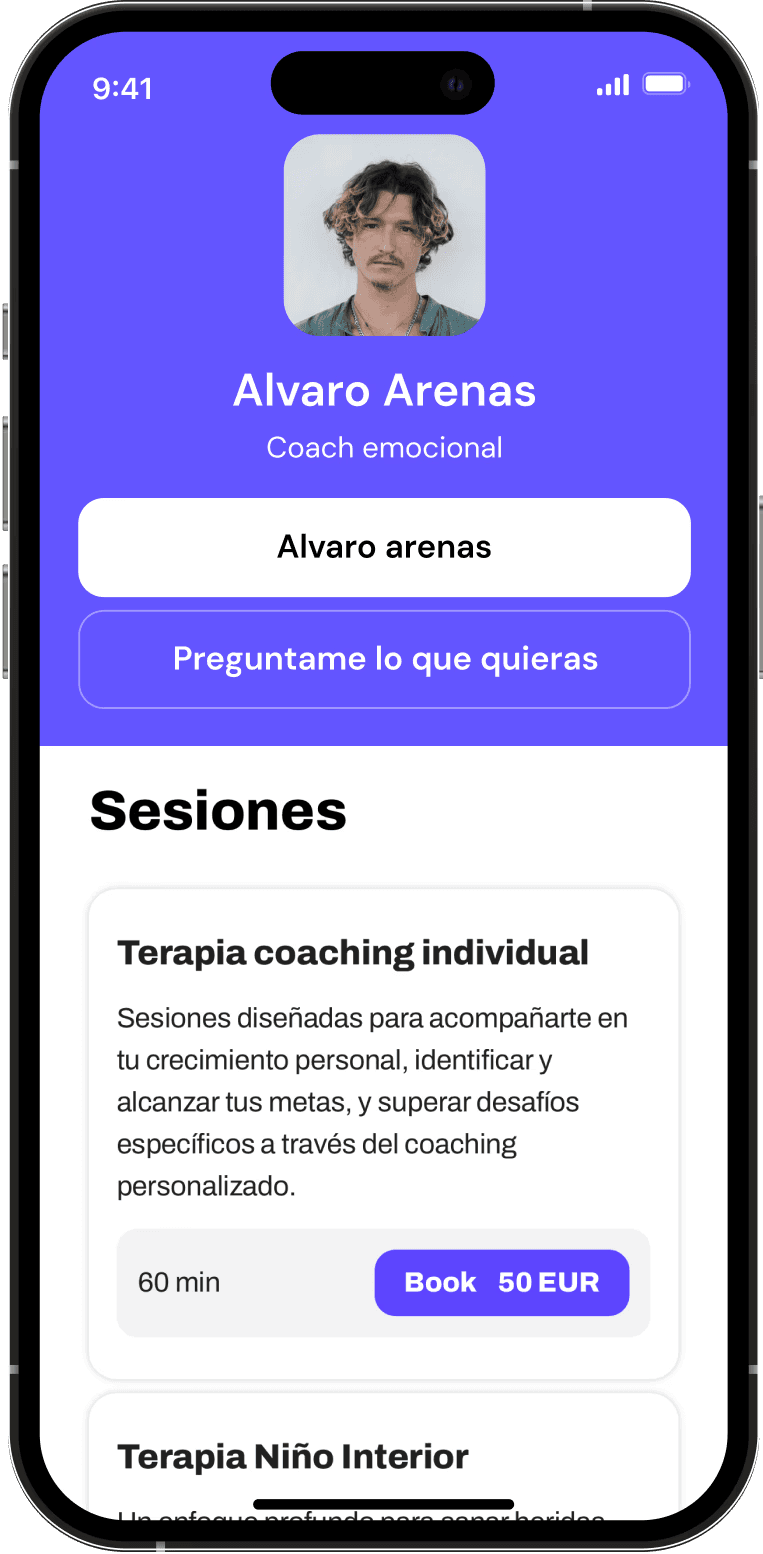Maximize Productivity with Daily Planners
3 nov 2024
freelancing

In the hustle and bustle of modern life, staying organized can be a challenge. Daily planners can be a game-changer.
These handy tools can help you manage your time effectively. They can assist in setting and achieving both short-term and long-term goals.
But how can you maximize productivity with daily planners? This guide will provide you with actionable strategies.
You'll learn how to choose the right planner for your needs. We'll also delve into the art of planner organization.
By the end of this guide, you'll be equipped with the knowledge to make the most of your daily planner. Let's embark on this journey towards enhanced productivity.
Understanding the Power of Daily Planners
Daily planners are more than simple schedules. They serve as powerful tools for organizing your day-to-day tasks. With their help, you can effectively outline priorities and track important deadlines.
By mapping out tasks and commitments, planners help reduce feelings of overwhelm. Writing tasks down provides clarity and focus, allowing for a structured approach to your daily goals. The act of planning can boost motivation and productivity, setting the stage for a successful day.
Choosing the Right Planner for You
Selecting the ideal planner is key to maximizing productivity. The choice between a digital and a paper-based planner depends on personal preference and lifestyle. Digital planners are convenient and can sync across devices. In contrast, paper planners give a satisfying feel that many people find motivating.
When choosing a planner, consider features that align with your productivity goals. Look for layouts that support time-blocking, space for notes, and sections for goal-setting. These features enhance your ability to organize effectively and track progress over time.
Personalization and aesthetics also play a significant role in planner selection. A visually appealing planner can increase your motivation to use it regularly. Opt for one with a design that reflects your style and aligns with your interests to make planning a pleasant part of your routine.
Setting Goals and Prioritizing Tasks
Effective goal-setting is crucial for maximizing productivity with daily planners. Start by defining clear, achievable objectives. Break long-term goals into smaller, manageable tasks, and assign them to specific days in your planner. This approach helps maintain focus and reduces overwhelm by tackling one step at a time.
Task prioritization is another essential element of effective planning. Identify high-priority tasks and allocate time for them first. Use your planner to list tasks in order of importance, ensuring that essential obligations are completed promptly. This method not only enhances productivity but also minimizes procrastination, allowing for a more structured and organized approach to daily responsibilities.
Planner Organization Techniques
Efficient planner organization is essential for streamlined productivity. One popular technique is time-blocking, which involves assigning specific blocks of time to different tasks or activities. This method helps structure your day and ensures a balanced allocation of time across various commitments. By visually segmenting your tasks, you gain clarity and prevent overloading your schedule.
Another effective technique is color-coding your planner. Assign different colors to categories of tasks, such as work, personal, or urgent commitments. This approach makes it easy to identify task types at a glance and enhances planner organization. Color-coding can also boost motivation and engagement by adding a visually appealing element to your planning process.
It's crucial to build in flexibility and buffer times within your planner. Life is unpredictable, and unexpected events can disrupt even the most meticulously planned schedules. Incorporate buffer slots to accommodate unforeseen changes without derailing your entire day. This adaptable approach promotes a stress-free and more productive workflow.
Making Planner Use a Consistent Habit
Consistency is key to maximizing the benefits of any daily planner. To make planner use a daily habit, start by setting aside a dedicated time each day to review and update your planner. Having a routine helps build good habits. You can use it in the morning to start your day or at night to get ready for tomorrow.
Pair planner use with another existing habit for greater success. For example, you could review your planner while enjoying your morning coffee. This technique, known as habit stacking, makes it easier to integrate planner use into your daily routine. A consistent habit ensures your planner becomes a reliable tool for boosting productivity.
Integrating Other Productivity Tools with Your Planner
Daily planners can be even more effective when used alongside other productivity tools. Consider integrating digital tools such as calendar apps or task management software that sync with your planner. These can provide reminders for important deadlines or synchronize meetings and events seamlessly.
Look for productivity apps that offer features aligning with your planner organization. For instance, a habit tracker app can complement a planner's goal-setting capabilities. By using these tools together, you can simplify your workflow. You can manage tasks better and stay on track. This will help improve your overall productivity.
Avoiding Common Planning Pitfalls
Even the best planners can fall victim to common pitfalls. Over-scheduling is a frequent issue where too many tasks crammed into a day lead to overwhelm. This can be counteracted by setting realistic daily limits and prioritizing tasks based on urgency and importance.
Another common mistake is failing to review and adjust plans regularly. Plans can become obsolete or irrelevant if left unchecked. Make sure to set aside time to assess your planner entries, adjust them as needed, and account for any changes in your schedule. This helps maintain balance and keeps your planning process dynamic.
Reviewing and Adjusting Your Plans Regularly
Consistency in using a planner involves more than just noting down tasks. Regular reviews are vital for ensuring your plans remain relevant. Set a specific time each week to reflect on your accomplishments and challenges.
Use this time to adjust your goals and strategies as needed. Remember that flexibility is key. When you frequently revise your plans, it helps accommodate unexpected events or changes. This ensures your productivity remains aligned with your priorities and allows for progress without undue stress. Regular reviews also foster a sense of control over your schedule and goals.
Conclusion: The Impact of Daily Planners on Overall Well-being
Daily planners do more than organize tasks; they enhance well-being by reducing stress and fostering balance. With clarity in schedules and goals, planners support a healthier lifestyle. By incorporating planners into your routine, you cultivate a sense of accomplishment and peace, ultimately boosting overall happiness.



